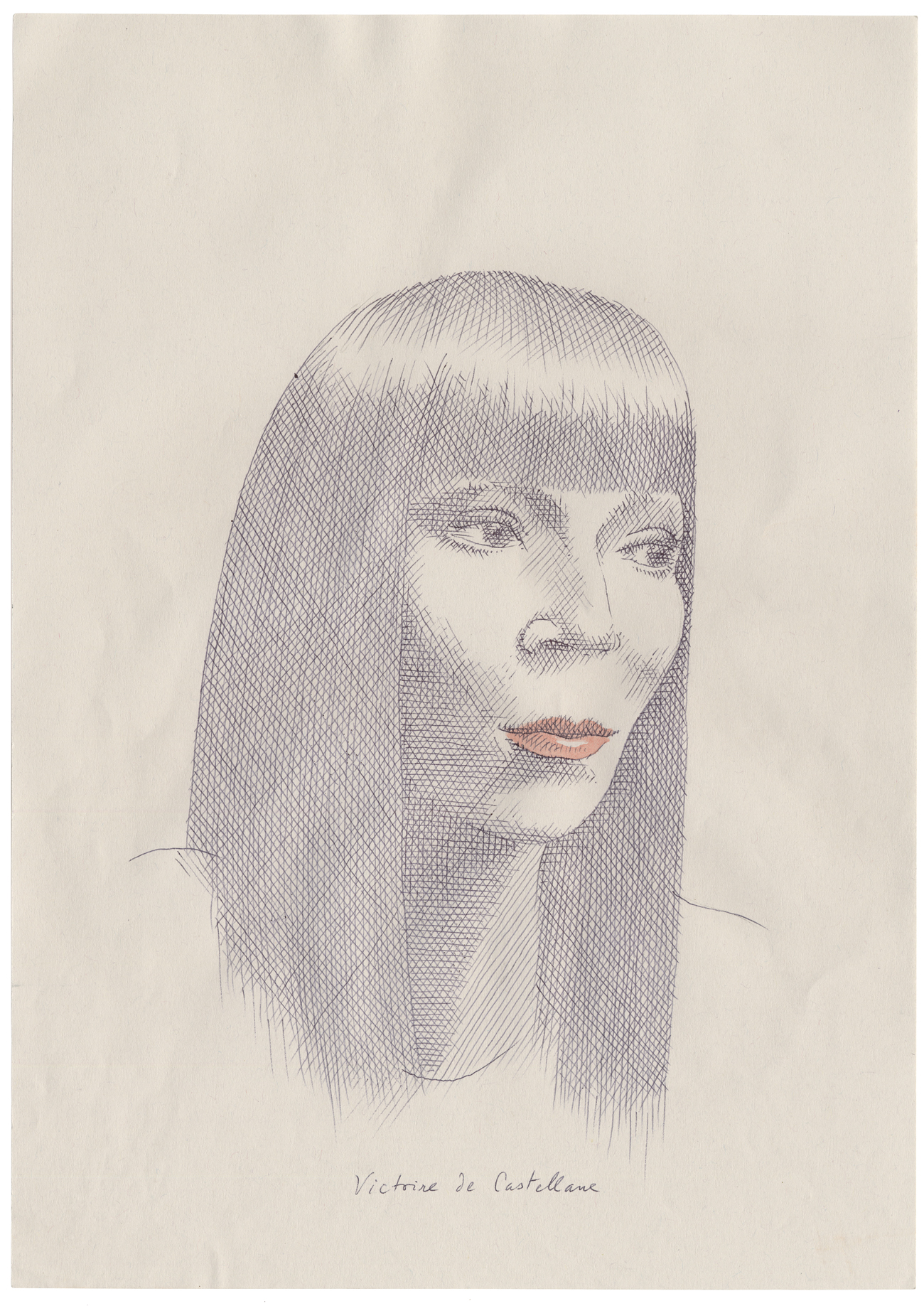Purple Magazine
— F/W 2009 issue 12
Victoire de Castellane
 Portrait by Pierre Le-Tan
Portrait by Pierre Le-Tan
photographs and interview by OLIVIER ZAHM
portrait by PIERRE-LE TAN
On January 1, 1998 Victoire de Castellane, a young woman from an eccentric French aristocrat family, started Dior Haute Joaillerie, reinventing the world of fine jewelery. Breaking all the conventions and overcoming all the restrictions, Victoire introduced explosive colors, amusing fairytales, and personal fantasy into jewelry, taking her inspiration from popular culture, video games, Japanese mangas, custom cars, and erotic fantasies. She introduced the use of precious and semi-precious stones, many long ignored because of their audacious brilliance — gigantic amethysts, huge citrines, and crystalline aquamarines. She repainted gold, creating rose-lacquered gold, translucent purple gold, and ultra-green gold — all in all, nothing less than
a revolution in sense and sensation.
photographs and
OLIVIER ZAHM — You’re seeing a psychoanalyist four times a week? When did this all start?…